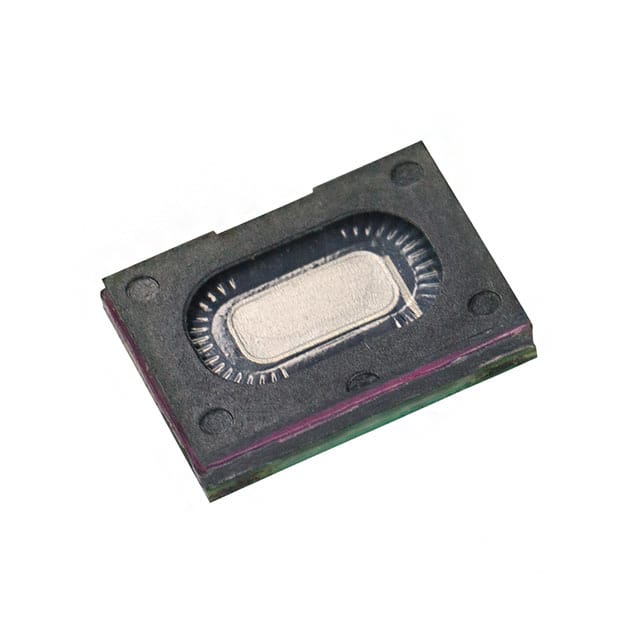wristwatches that invite development
-
@NeverDie said in wristwatches that invite development:
craft your own DIY PCB with battery and display to fit inside it. If you put your buttons in the same place as the corresponding apple watch that the case is meant for, then presumably it would work. And it would be waterproof!
So like this or this? Even has full open source Arduino firmware. Really an impressive project!
@Jon-Raymond said in wristwatches that invite development:
So like this or this? Even has full open source Arduino firmware. Really an impressive project!
BINGO! Yes, exactly like that. He did such a good job I'd say the hardware development is effectively done. Now just leverage his Sandeep compatible arduino code by adding the Sandeep compatible Mysensors Arduino core software to it, and we're all good to go!
-
@Jon-Raymond said in wristwatches that invite development:
So like this or this? Even has full open source Arduino firmware. Really an impressive project!
BINGO! Yes, exactly like that. He did such a good job I'd say the hardware development is effectively done. Now just leverage his Sandeep compatible arduino code by adding the Sandeep compatible Mysensors Arduino core software to it, and we're all good to go!
-
If you can fit your code modifications into an nRF52832 then you can buy an off the shelf watch. All the hard work is done. It's even on sale currently :)
-
@Mishka sensor to sensor communication is pretty complicated thing by itself, you would need to implement pretty big piece of controller software in your watch. And even then it terms of UI I don't think it will be very useful if you already have any controlling app in your phone.
The idea to track presence of a watch to detect if user is at home is a nice use case though. -
@monte said in wristwatches that invite development:
@NeverDie but why do you need Mysensors in a wrist watch? :)
It's called an ARM processor because it only processes when it's on your arm. I thought everybody knew that already. That's why they capitalize ARM: for added emphasis, to keep people from forgetting. ;-)
-
Another option of you want to want to go the ESP32 route.
-
@monte said in wristwatches that invite development:
@NeverDie but why do you need Mysensors in a wrist watch? :)
It's called an ARM processor because it only processes when it's on your arm. I thought everybody knew that already. That's why they capitalize ARM: for added emphasis, to keep people from forgetting. ;-)
-
If you can fit your code modifications into an nRF52832 then you can buy an off the shelf watch. All the hard work is done. It's even on sale currently :)
@Jon-Raymond said in wristwatches that invite development:
It's even on sale currently
Is that for sure the watch with the new nRF52840 design inside it, or is that some other Cortex M4 watch with only the case that gets used by the upgraded design?
-
If it were me, I'd prefer a lower power display than the TFT, but since he's probably recycling the display from the original watch in order to keep a perfect fit, I can't really fault him for sticking with the original screen.
-
@Jon-Raymond said in wristwatches that invite development:
It's even on sale currently
Is that for sure the watch with the new nRF52840 design inside it, or is that some other Cortex M4 watch with only the case that gets used by the upgraded design?
@NeverDie said in wristwatches that invite development:
Is that for sure the watch with the new nRF52840 design inside it, or is that some other Cortex M4 watch with only the case that gets used by the upgraded design?
The watch linked from Banggood has a nRF52832 in it which is re-programmable. If you want a nRF52840 then you would need to assemble a custom board in that case. The most recent project log claims a 2 week battery life with the stock reprogrammed nRF52832 and TFT screen. If true, I honestly I don't know if you can ask for much more. My Pebble Time had a 7-8 day battery life and that was mind blowing compared to the Apple watches available at the time.
-
Look at this one: http://joesul.li/van/watch/
-
Look at this one: http://joesul.li/van/watch/
-
Nice video, showing some options for a good price https://www.youtube.com/watch?v=n-ZMQaasfAo
-
Hackaday writes about the SMA-Q2 smartwatch and the nRF52840 version: https://hackaday.com/2020/01/30/sma-q2-smart-watch-is-completely-hackable/ This is the same github project that Jon Raymond linked to above.
I can't help but think that the hardware could be simplified and laid out to make it easier for DIY assembly. If it were me, I'd keep the pushbuttons and supercap, change to a different nRF52840 module that's easy to hand solder, drop the external RTC, drop the external watch crystal, drop the heartrate monitor hardware, and drop the mosfet, opamp, and vibrator. I might even ditch the accelerometer. Dropping all those components would free up a lot of space and help a lot with ease of assembly, and it would reduce the power requirements. I guess I'd be stuck with the given display, since it's what fits the watch.
It would be barebones, but it would be good enough for running and controlling mysensors.
However, for intercom capability, I'd try to add a tiny microphone/speaker combo, but only because I happen to want that. As an example, this MEMS speaker is just 6.7mmx4.7mm in size:
and yet manages an audio frequency range of 2khz-20khz.
https://www.usound.com/wp-content/uploads/2019/12/1912_Adap-UT-P-2017-Datasheet.pdf
Anyone here knows of something even smaller/better? -
Quite a large number of inexpensive nRF51/nRF52832 watches which appear to have already been hacked, documented, and made available for others to now hack too: https://github.com/curtpw/nRF5x-device-reverse-engineering

